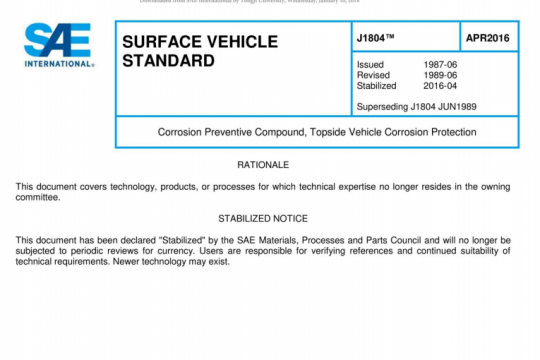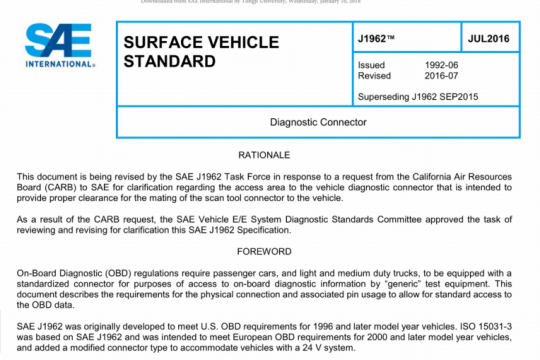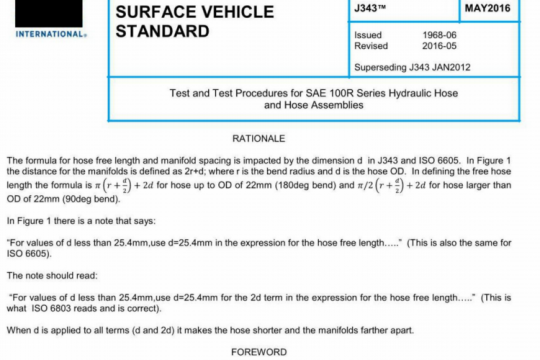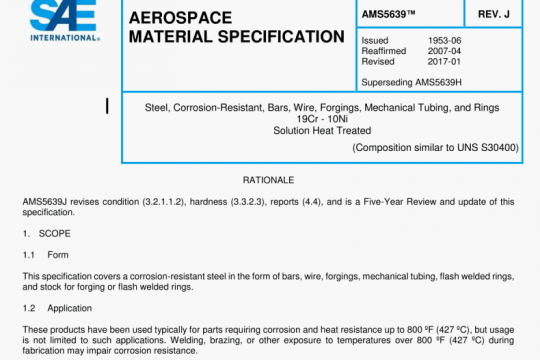SAE AMS 2761:2020 pdf free
SAE AMS 2761:2020 pdf free.Heat Treatment of Steel Raw Materials
The austenitizing temperature should conform to Table 3 for carbon and low alloy steels and Table 4 for martensitic corrosion resistant steel. Material should be held within the specified temperature range for sufficient time for the necessary transformation and diffusion to take place. The recommended holding times at temperature are listed in Table 8 for all steels except austenitic corrosion resistant steels. Use Table 9 for recommended temperatures for austentic corrosion resistant steels.
Material should be quenched from the austenitizing temperature. The material should be transferred from the furnace into a quench medium (i.e., water, oil, air, polymer, etc.) in a timely manner such that a successful quench shall be achieved.The material shall be cooled to a temperature low enough to achieve complete transformation, before tempering. The start time of tempering after the completion of the quench is at the discretion of the producer based on material grade, geometry, section size, etc.
Carbon steels, low alloy steels, and martensitic corrosion resisting steels should be tempered at the temperatures shown in Tables 3 and 4, as applicable. Time at temperature and the number of tempers should be as shown in Table 10. When multiple tempering is used, material shall be cooled to ambient temperature between tempering treatments.Precipitation hardening stainless steel material is normally acquired in the solution treated or solution treated and cold worked (i.e., spring temper) condition. Thermal treatment for precipitation hardening stainless steel material should conform to the material specification or Tables 6 and 7. The aging temperature in Table 7 may be adjusted to meet the specified tensile strength range or minimum. If this is done, it shall be stated as such on the certification with the aging temperature used.
The processor shall be responsible for the performance of all required tests and inspections. The processor may use its own facilities or a commercial laboratory. Purchaser and the cognizant quality assurance organization reserve the right to sample and to perform any confirmatory testing deemed necessary to ensure that processing conforms to specified requirements. The purchaser and the cognizant quality assurance organization may review heat treating records and the results of tests and inspections to verify that heat treatment conforms to specified requirements.SAE AMS 2761 pdf free download.




